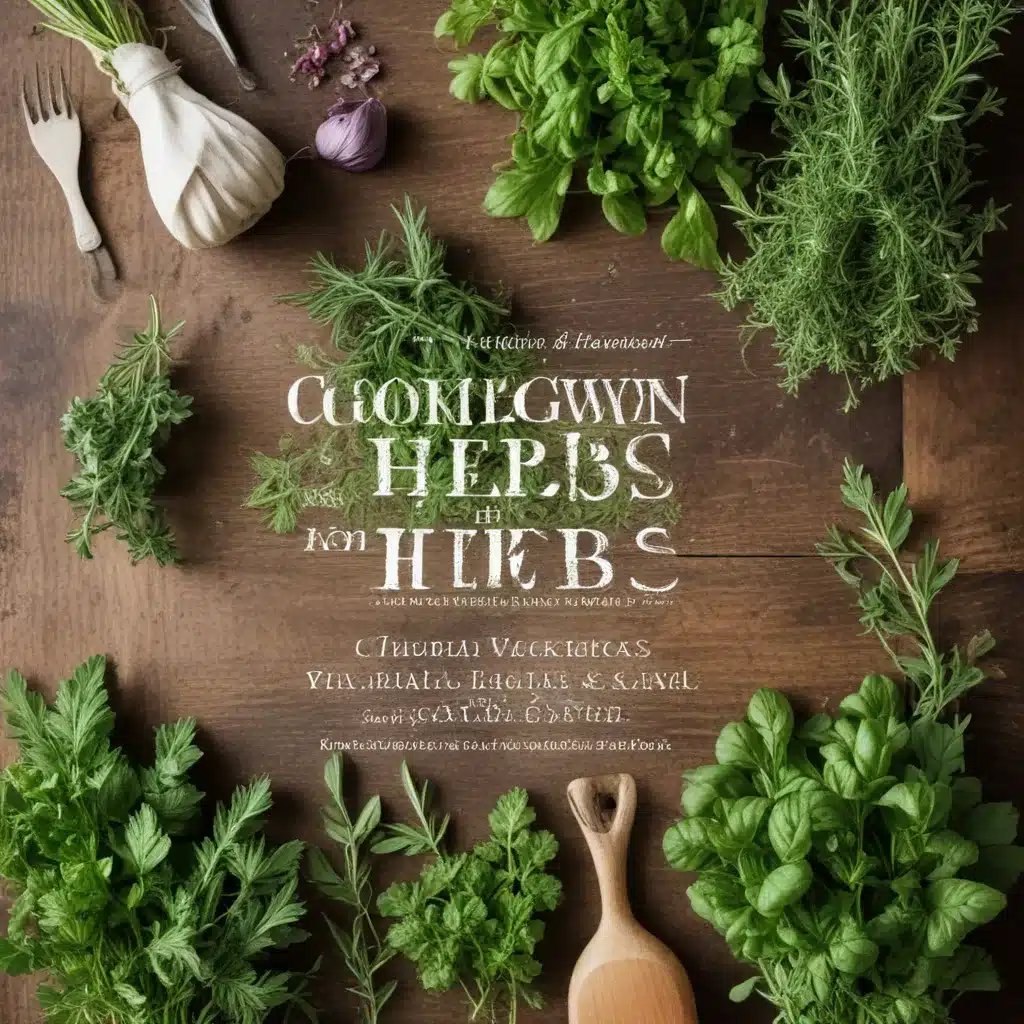
Crooked Pines Farm is a place where the garden and kitchen are intrinsically linked. The fresh, vibrant flavors of our homegrown herbs are the foundation for many of our most beloved dishes – from savory main courses to sweet desserts. Whether you’re new to cultivating your own herbs or a seasoned green thumb, incorporating these fragrant, flavorful ingredients into your cooking can elevate any meal.
The Benefits of Homegrown Herbs
Plucking herbs straight from the garden and incorporating them into your cooking offers a host of advantages. Homegrown herbs are not only more affordable than their store-bought counterparts, but they also boast superior flavor and freshness. The volatile oils that give herbs their distinctive tastes and aromas tend to degrade quickly after harvesting, so herbs grown mere steps from your kitchen will invariably outshine wilted supermarket offerings.
Beyond the flavor factor, cultivating your own herbs offers valuable educational opportunities, especially for young gardeners and budding chefs. Tending to an herb garden allows kids to witness the growing process firsthand, nurturing an appreciation for where their food comes from. Plus, experimenting with different herb varieties and flavor combinations encourages culinary creativity and an adventurous palate.
Herb Varieties for the Home Garden
When it comes to stocking your home herb garden, the possibilities are endless. Some of the most popular and versatile options include:
- Basil: An essential ingredient in Italian and Mediterranean cuisines, basil lends a warm, slightly sweet flavor to sauces, pestos, and salads.
- Rosemary: With its earthy, pine-like aroma, rosemary pairs beautifully with meats, roasted vegetables, and hearty stews.
- Thyme: Bright, slightly minty thyme is a natural match for soups, roasted potatoes, and vegetable dishes.
- Cilantro: The divisive herb offers a bold, citrusy flavor that complements Mexican, Indian, and Asian-inspired meals.
- Mint: Beyond its refreshing use in beverages and desserts, mint also makes a delightful addition to salads, sauces, and marinades.
When planning your herb garden, consider your family’s flavor preferences and the types of dishes you most enjoy cooking. Don’t be afraid to experiment with lesser-known varieties like lemon verbena, lavender, or marjoram – the creative culinary possibilities are endless.
Herb Cultivation Techniques
Growing a thriving herb garden doesn’t have to be complicated. Start by selecting a sunny, well-drained spot in your yard or on your patio. Many herbs, such as thyme, rosemary, and sage, prefer drier, Mediterranean-like conditions, while others like cilantro and parsley will appreciate consistently moist soil.
Carefully consider the mature size of each herb when arranging your garden. Aggressive growers like mint should be planted in containers or cordoned off to prevent them from overwhelming more delicate neighbors. Companion planting can also be an effective strategy, pairing herbs with plants that share similar growing requirements or can help deter pests.
Regular harvesting is key to maintaining a steady supply of flavorful herbs. Snipping off the outer leaves or stems encourages new growth, ensuring a continuous bounty. When it comes time to preserve your herbs for winter use, drying is a simple and effective method. Tie small bunches upside-down in a dark, well-ventilated area, or try your hand at making herb-infused vinegars, oils, or salt blends.
Herb-Infused Recipes
Incorporating homegrown herbs into your cooking is a surefire way to elevate any dish, from appetizers to desserts. Start by familiarizing yourself with the distinct flavor profiles of different herbs and how they can complement various ingredients.
For a simple yet flavorful appetizer, try our Bruschetta with Homemade Basil Pesto. Blend together freshly picked basil, toasted pine nuts, garlic, and olive oil, then spoon the vibrant green sauce over crisp, rustic bread. Or whip up a batch of Herbed Yogurt Dip, perfect for dipping seasonal veggies or dolloping atop grilled proteins.
When it comes to main courses, herbs can lend depth and complexity to everything from pasta sauces to roasted meats. Our Garden Tomato Sauce highlights the aromatic power of thyme, oregano, and basil, while a sprinkle of Sautéed Garden-Fresh Green Beans with onion salt, garlic salt, and black pepper offers a pop of freshness.
Don’t forget about incorporating herbs into desserts, too! The cool, refreshing notes of Mint-Infused Mango Sticky Rice or a Lemon-Thyme Shortbread Cookie can provide a delightful counterpoint to sweet flavors.
The Garden-to-Table Experience
One of the true joys of cooking with homegrown herbs is the satisfaction of cultivating your own ingredients. At Crooked Pines Farm, we cherish the seasonal rhythms that guide our herb-growing and culinary practices.
In the spring, we eagerly await the first tender shoots of chives, parsley, and cilantro – perfect for brightening up early-season dishes. As summer arrives, our basil plants take center stage, providing an abundant harvest for pesto, caprese salads, and more. In the fall, heartier herbs like rosemary and sage step into the spotlight, complementing the earthy flavors of root vegetables and slow-cooked stews.
Whenever possible, we encourage our visitors to get hands-on with the harvest, snipping fresh herbs straight from the garden. This tactile connection to the growing process instills a deeper appreciation for the food we consume. After all, the journey from garden to table is just as important as the final dish.
By harnessing the power of homegrown herbs, you can infuse your cooking with unparalleled flavor, nutrition, and personal satisfaction. Whether you’re a seasoned home cook or just starting to explore the world of herb-infused recipes, we hope you’ll be inspired to cultivate your own bountiful herb garden and discover the joys of garden-to-table cuisine.


